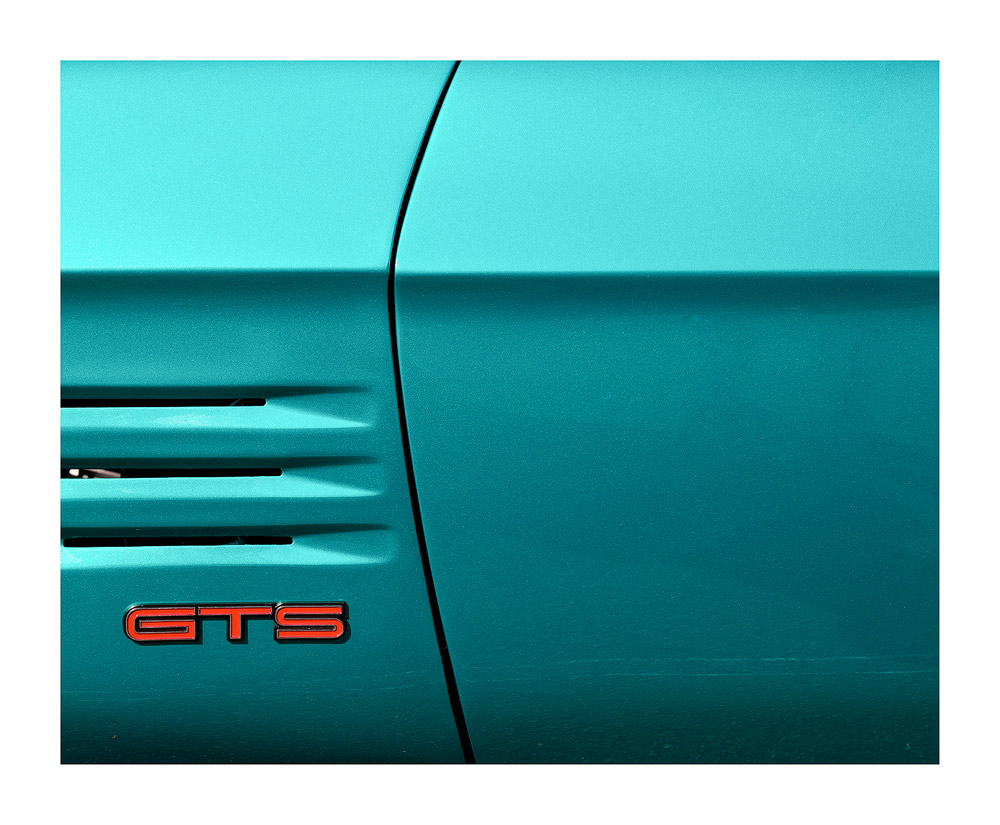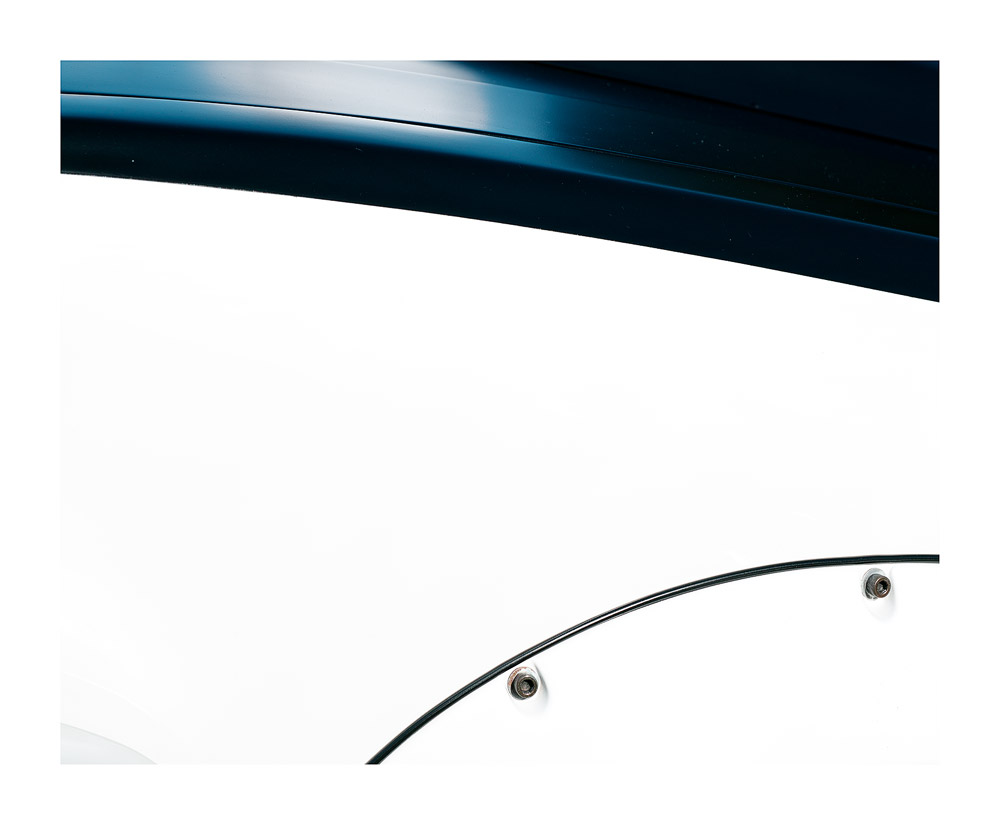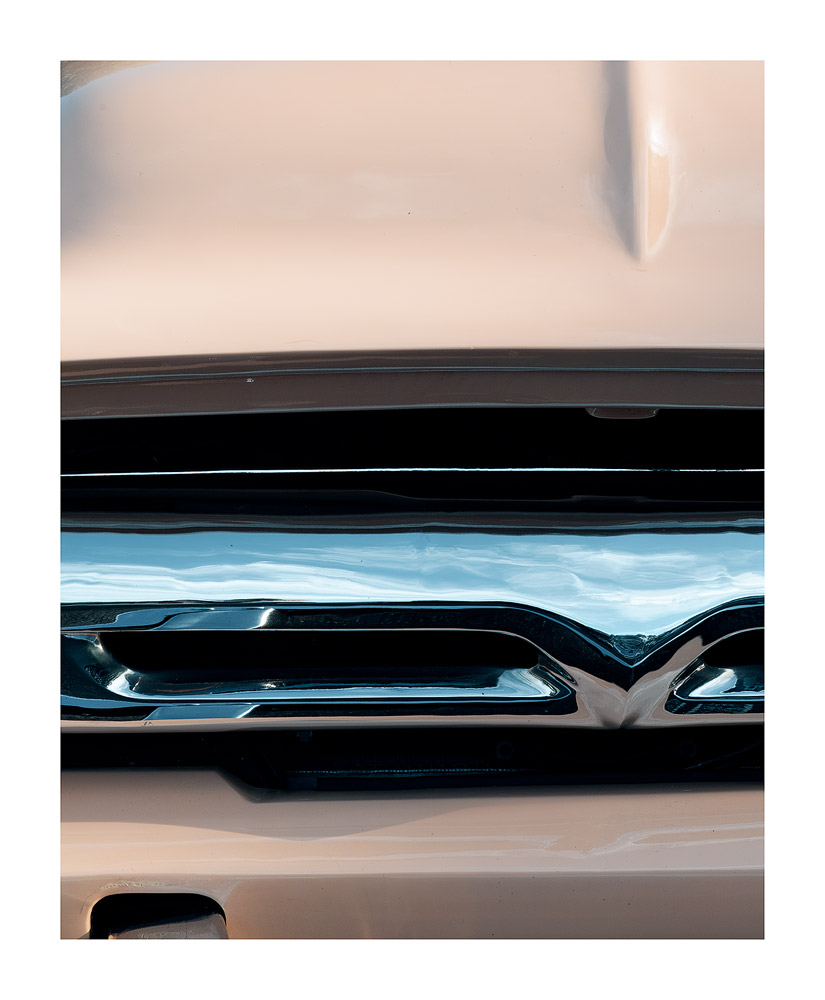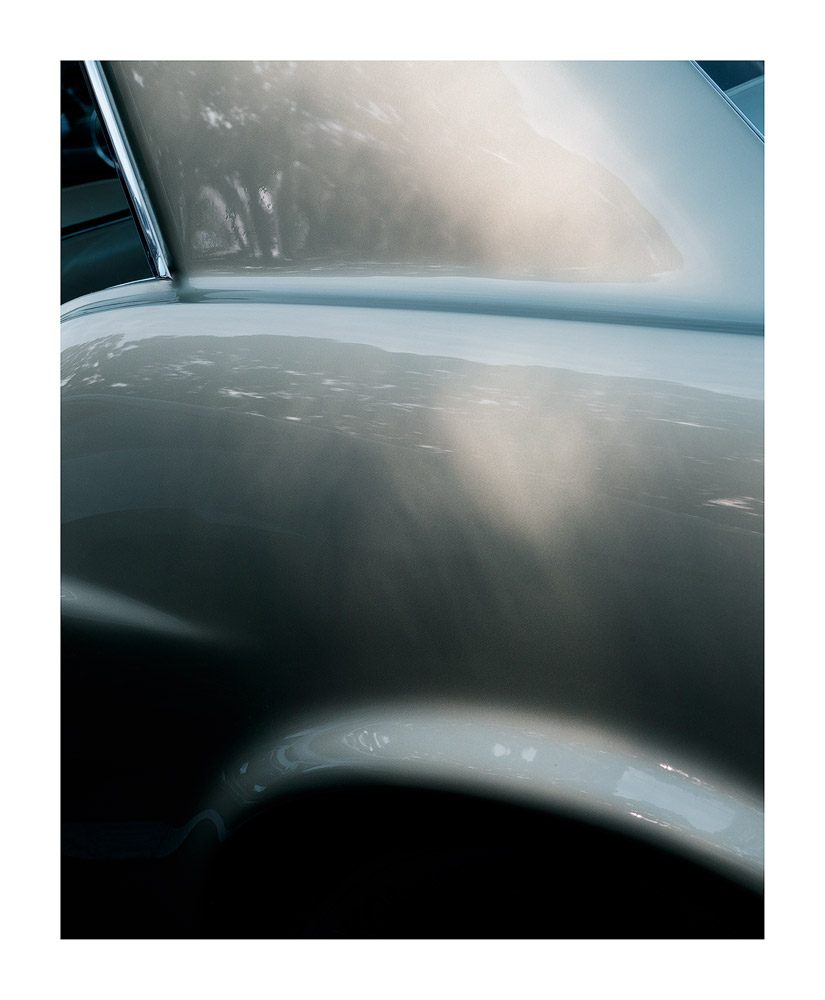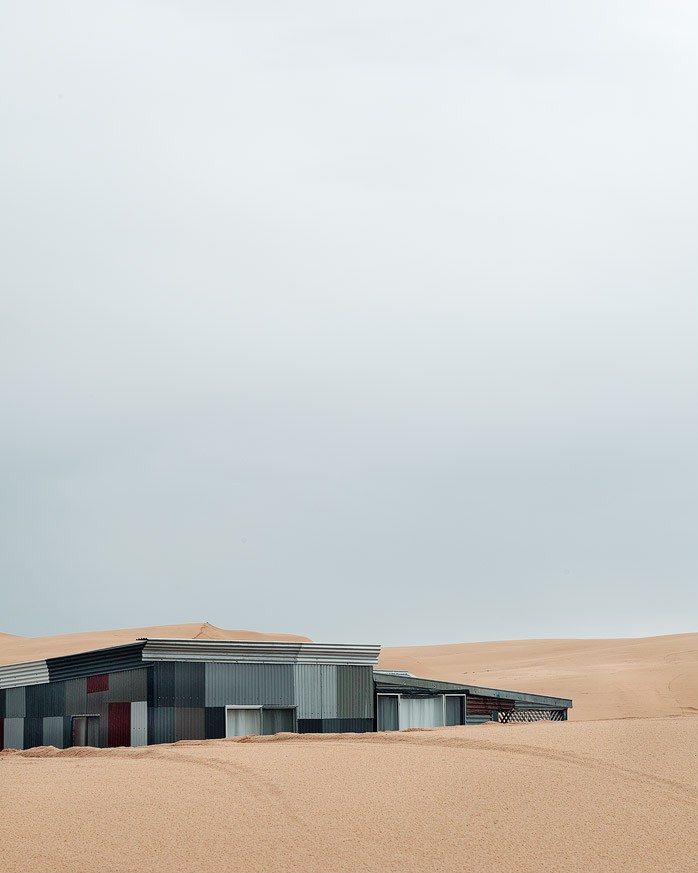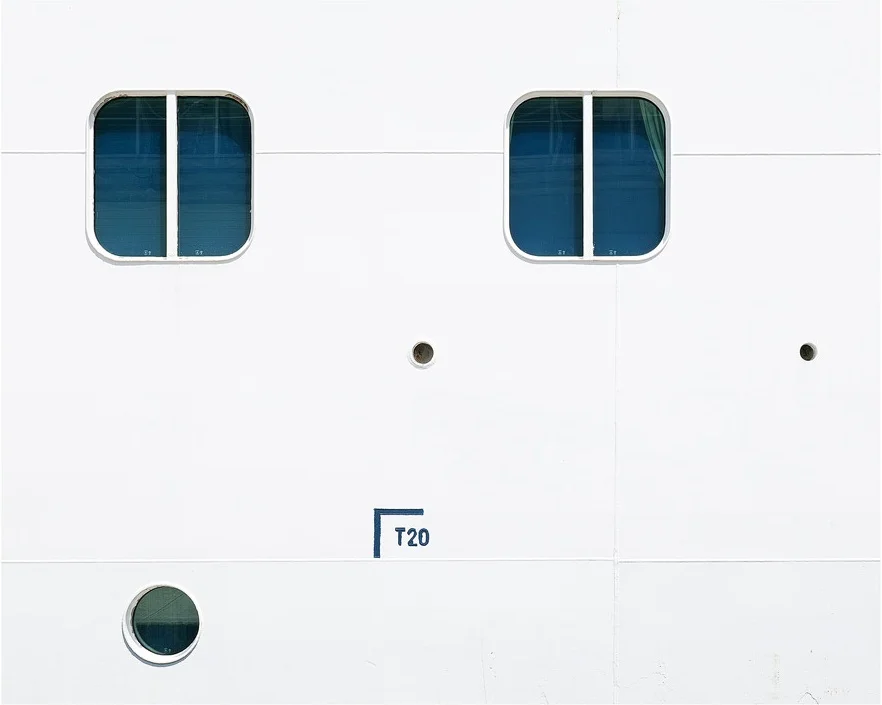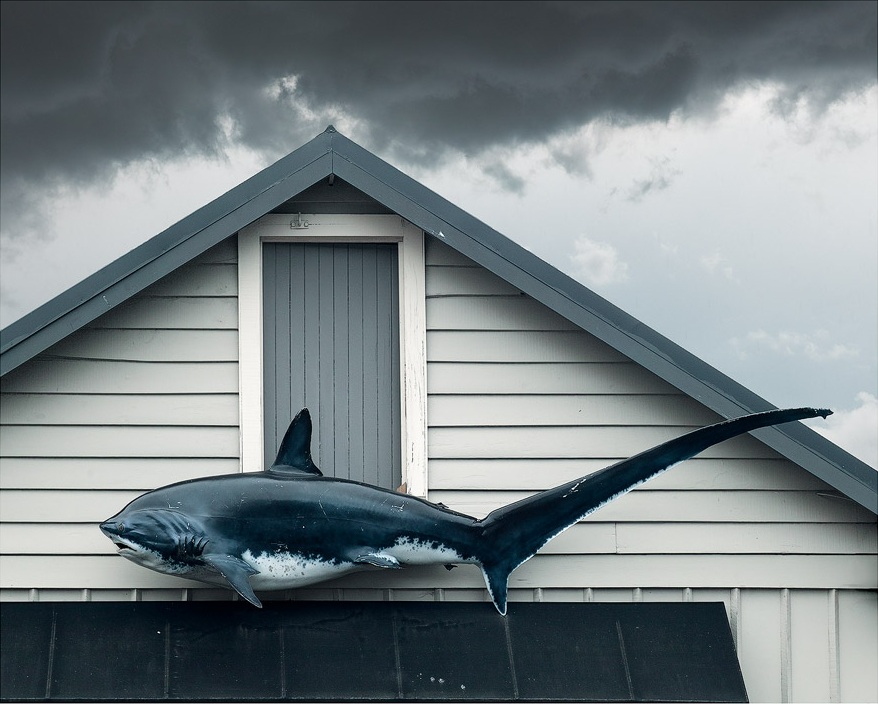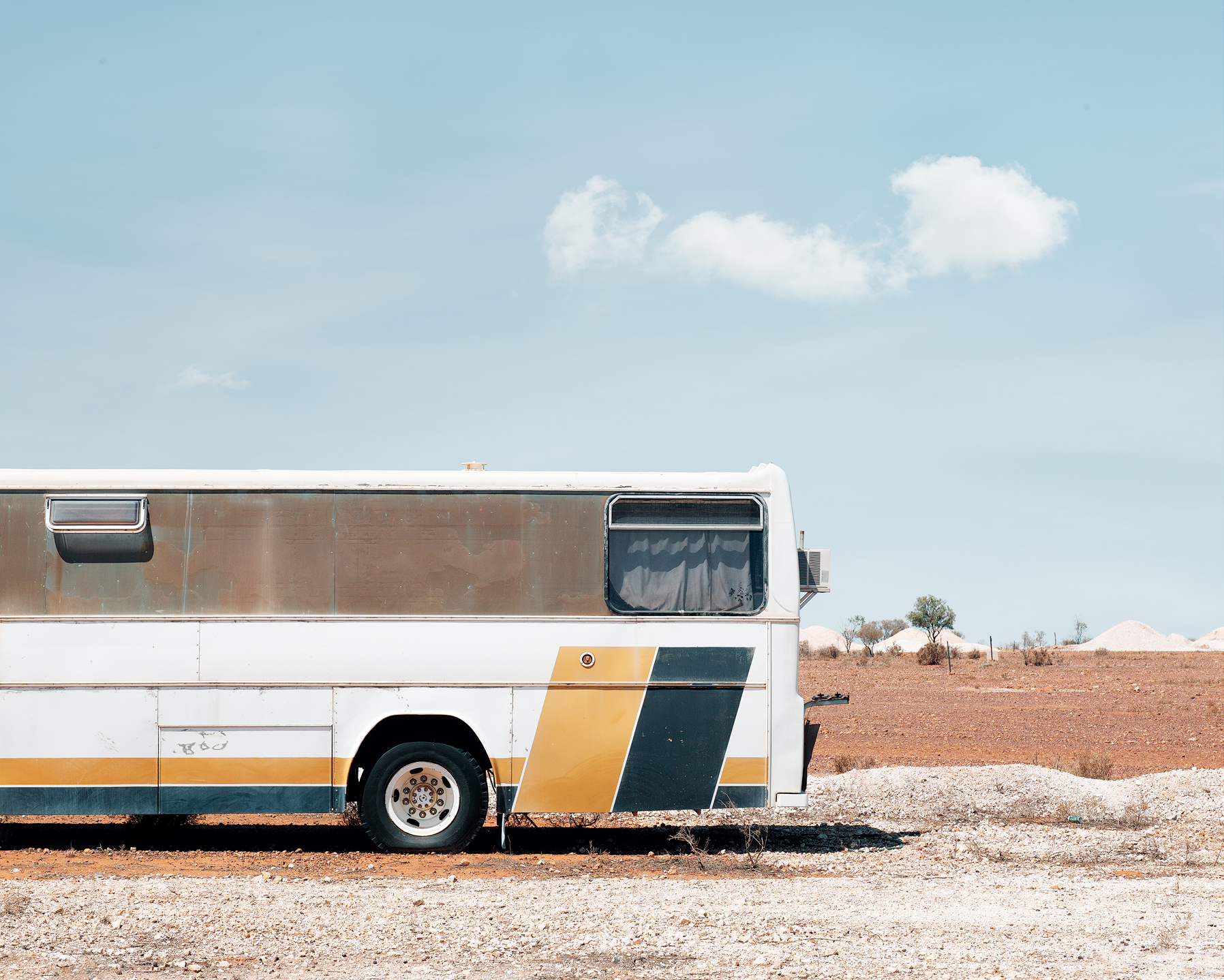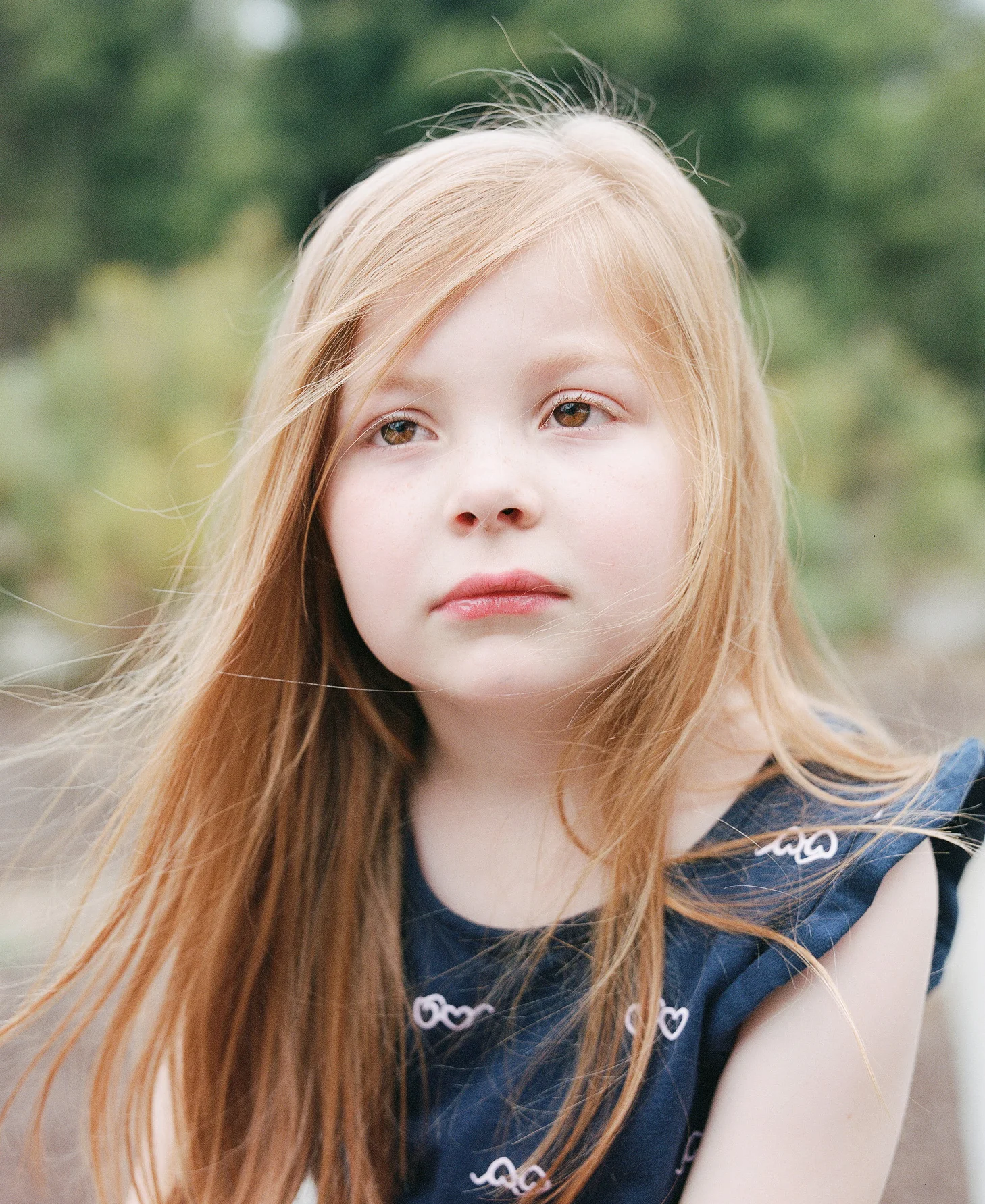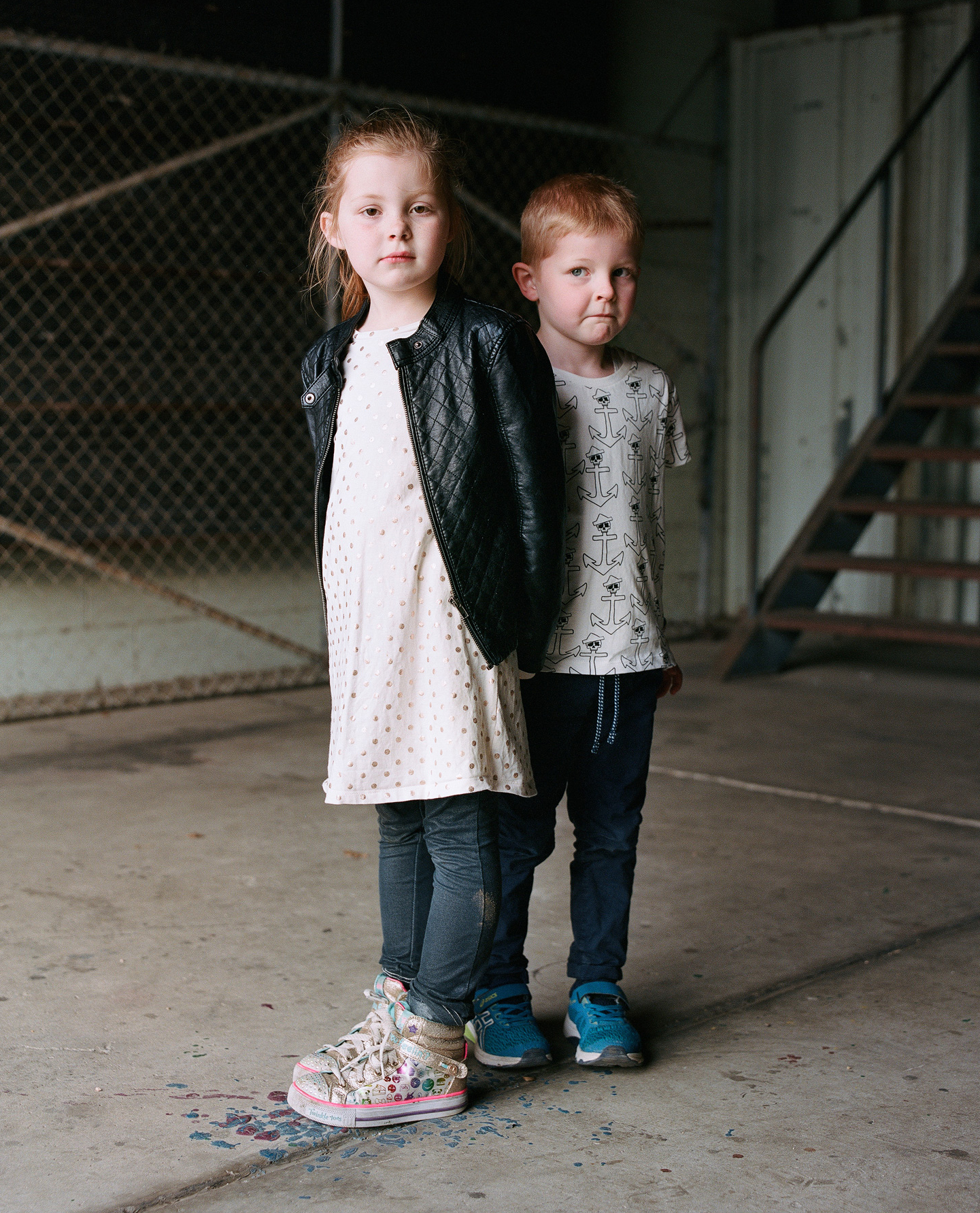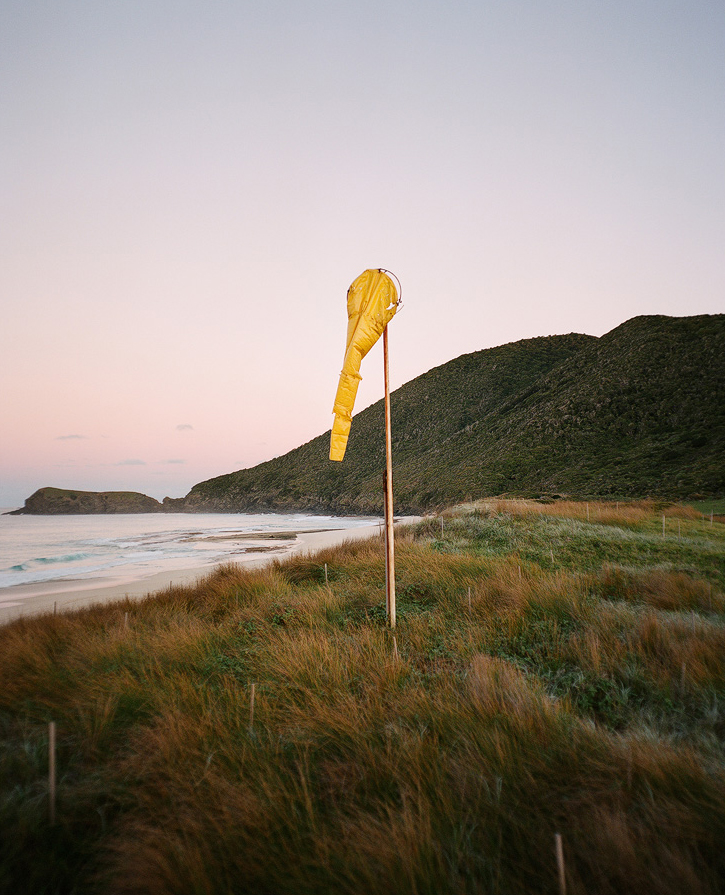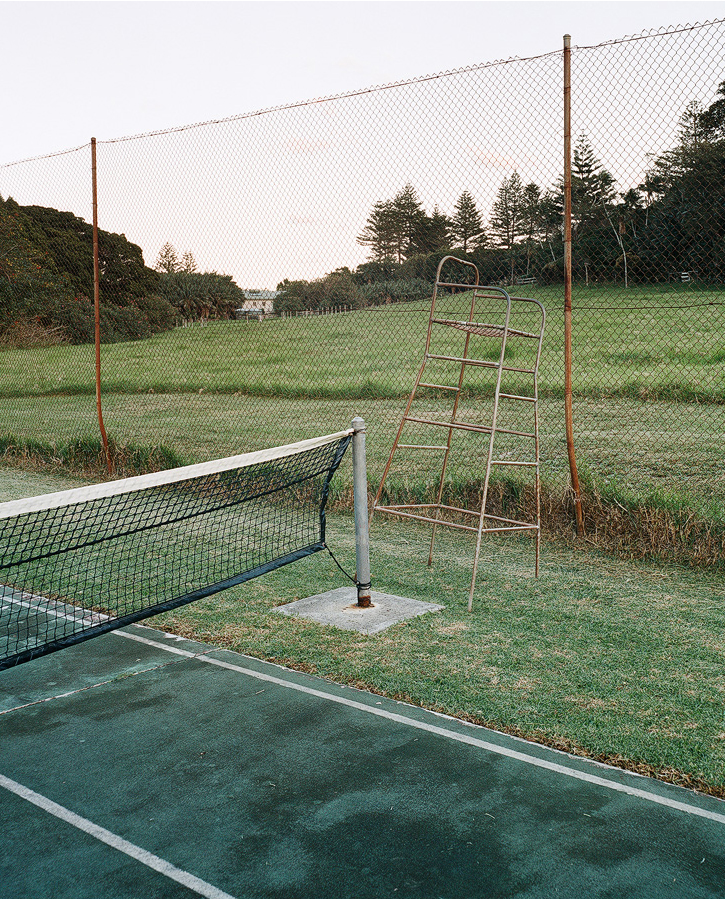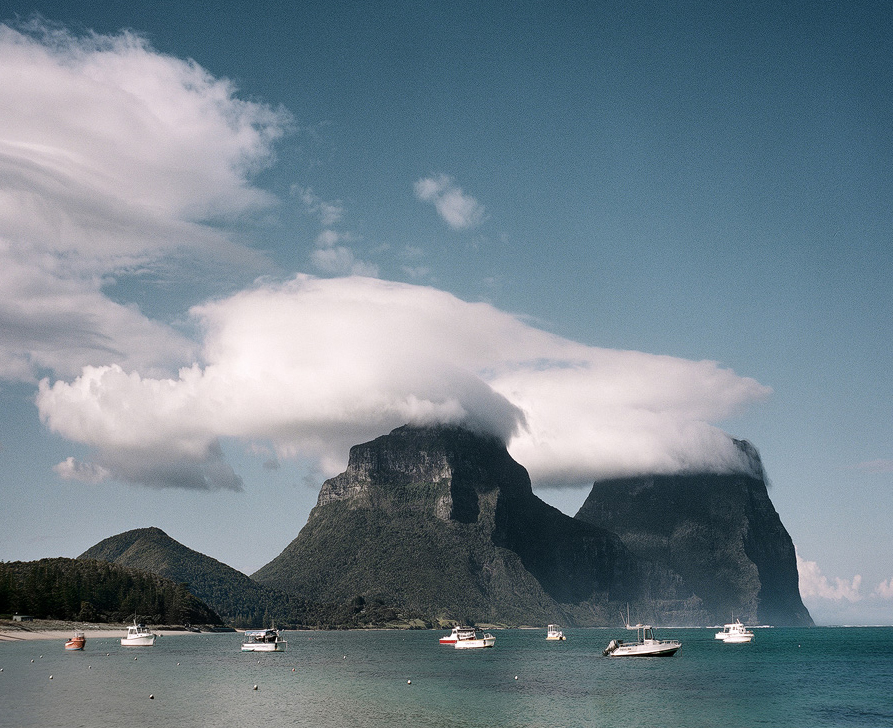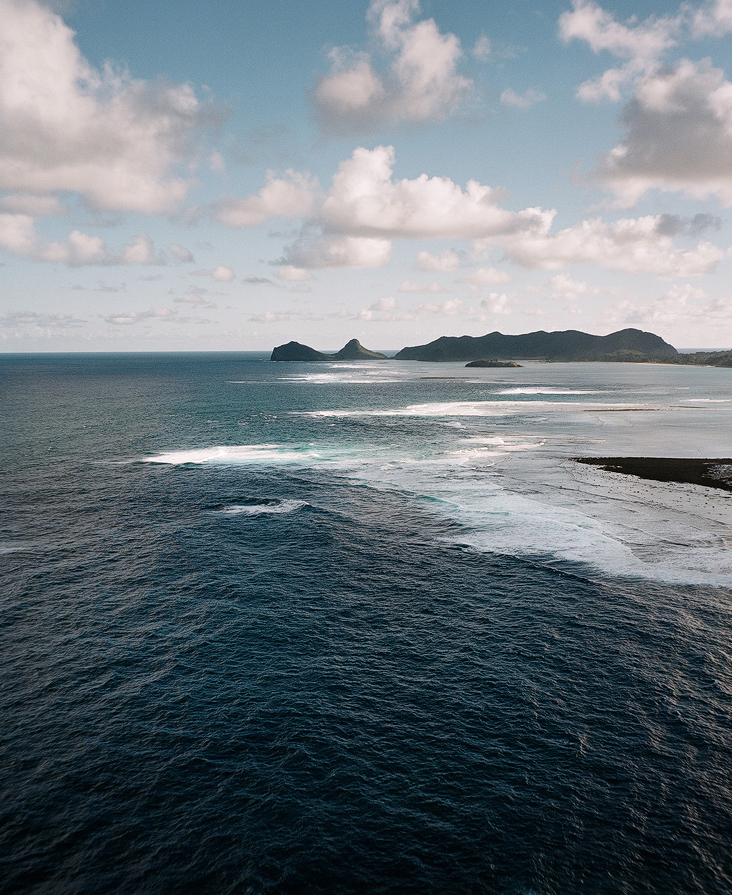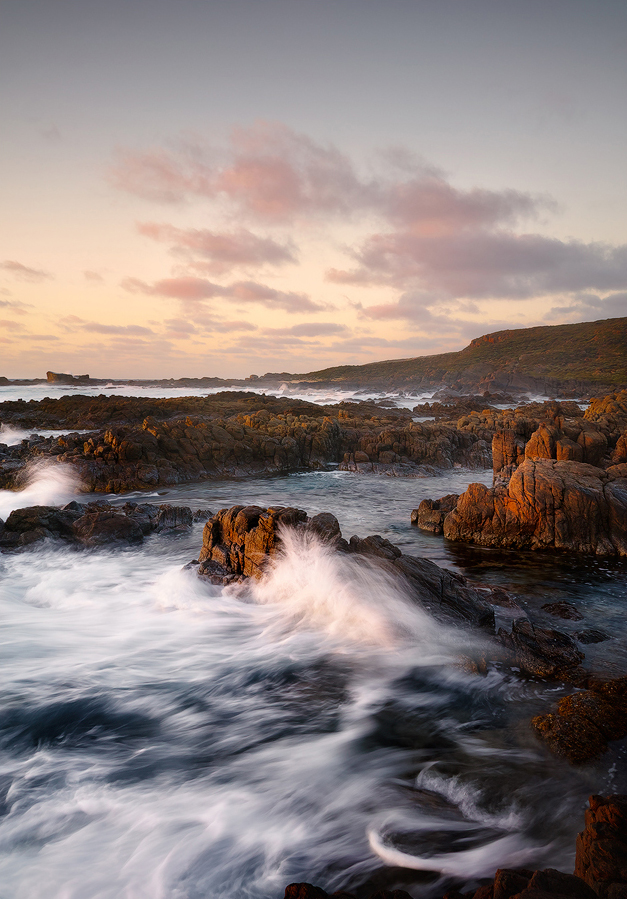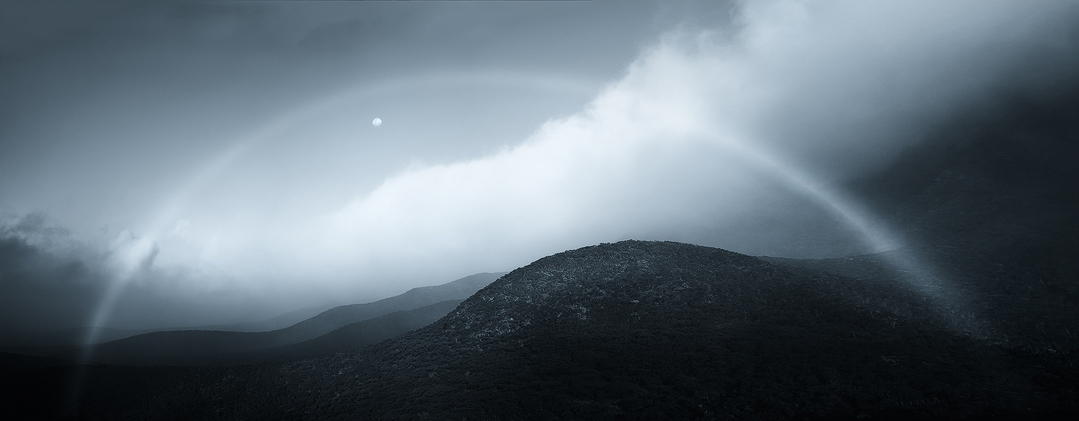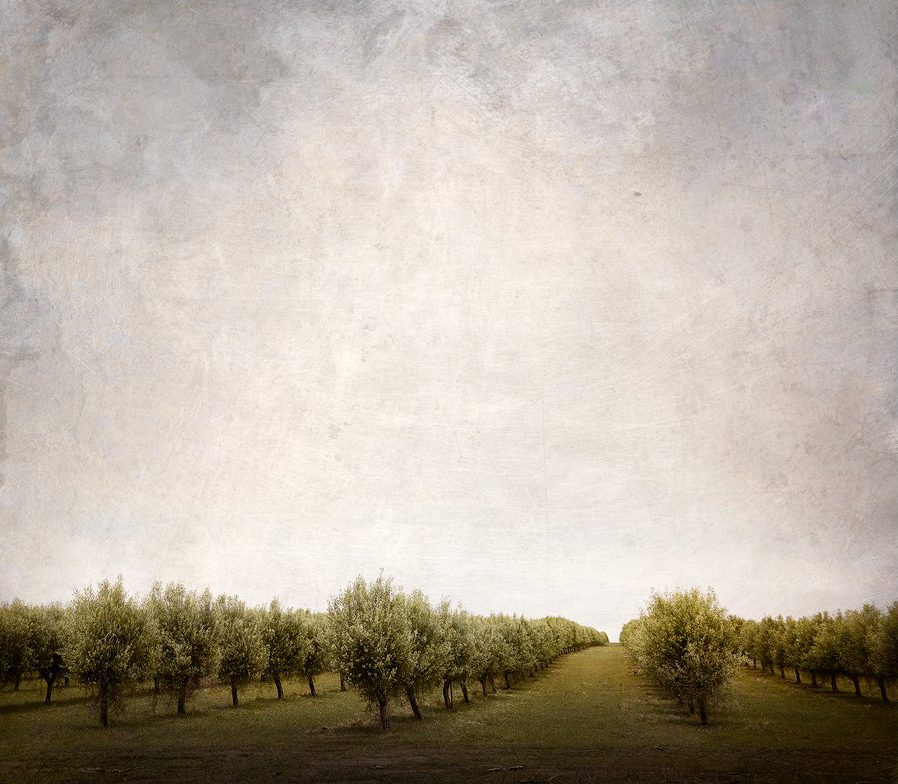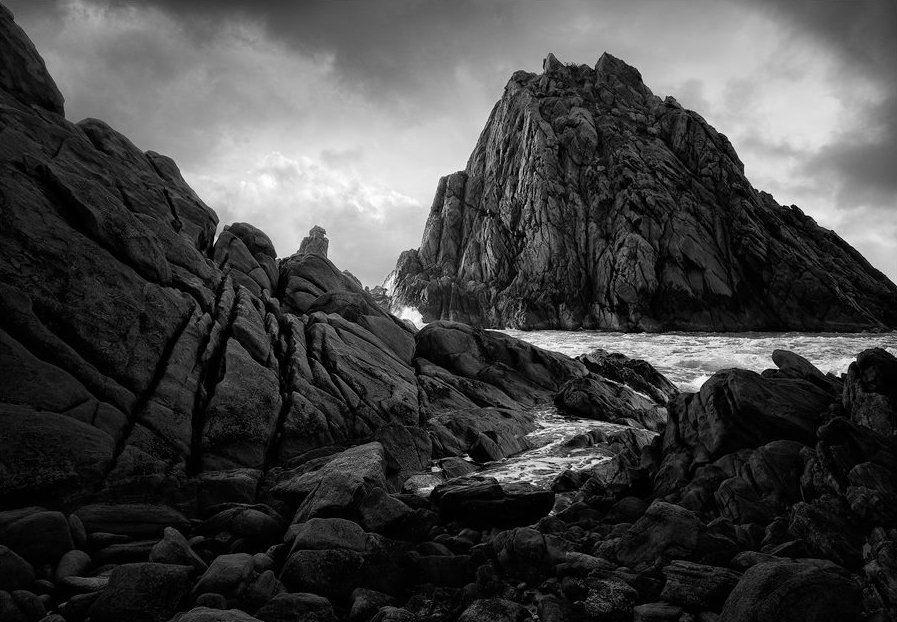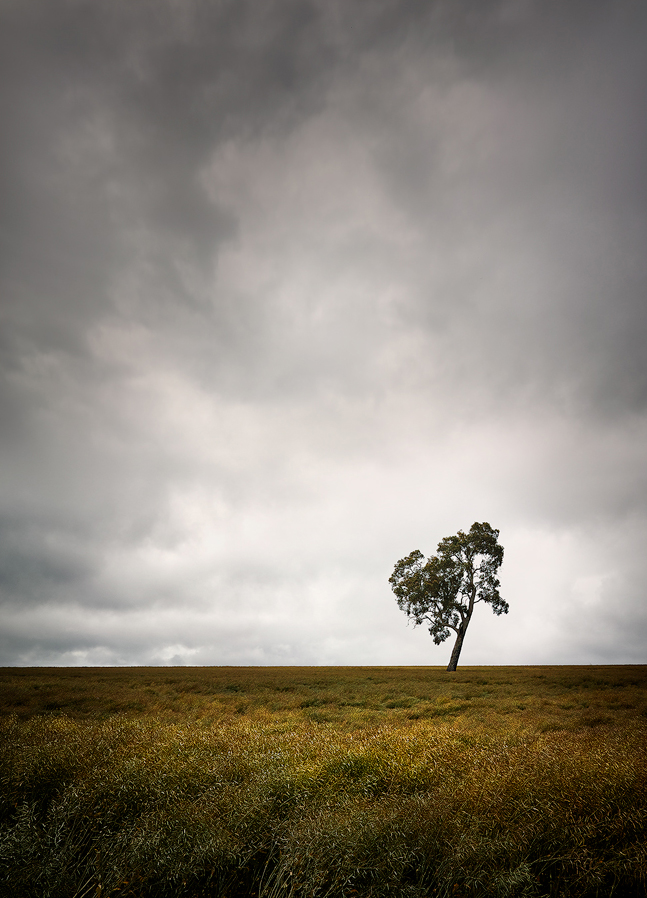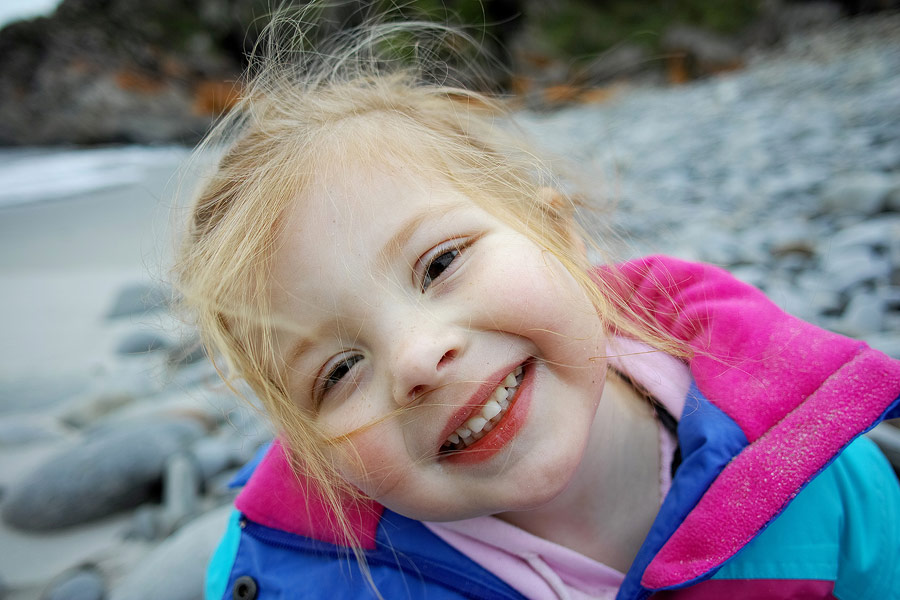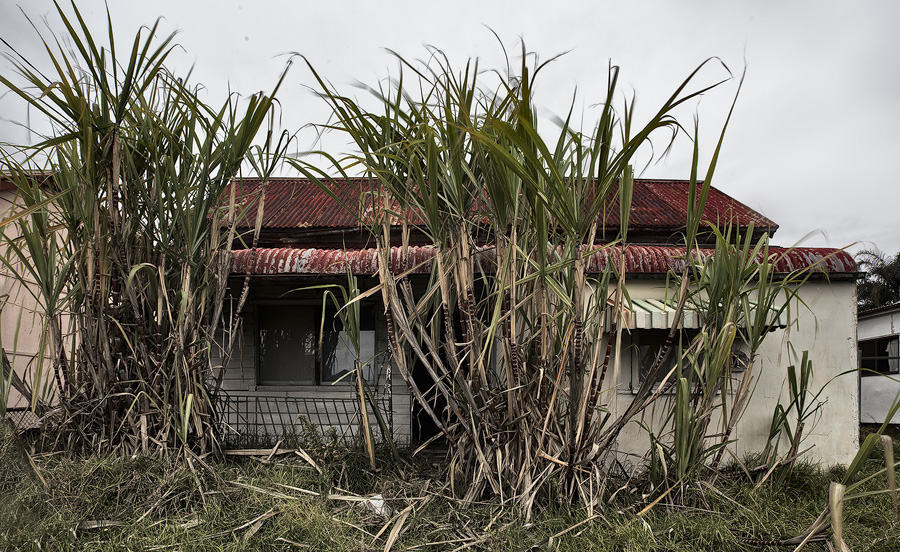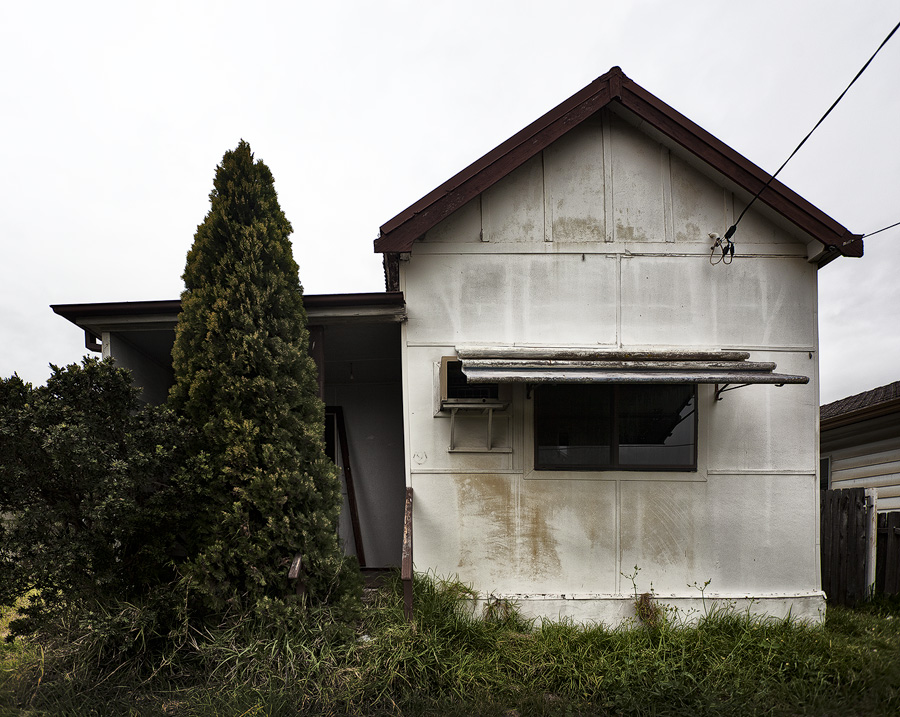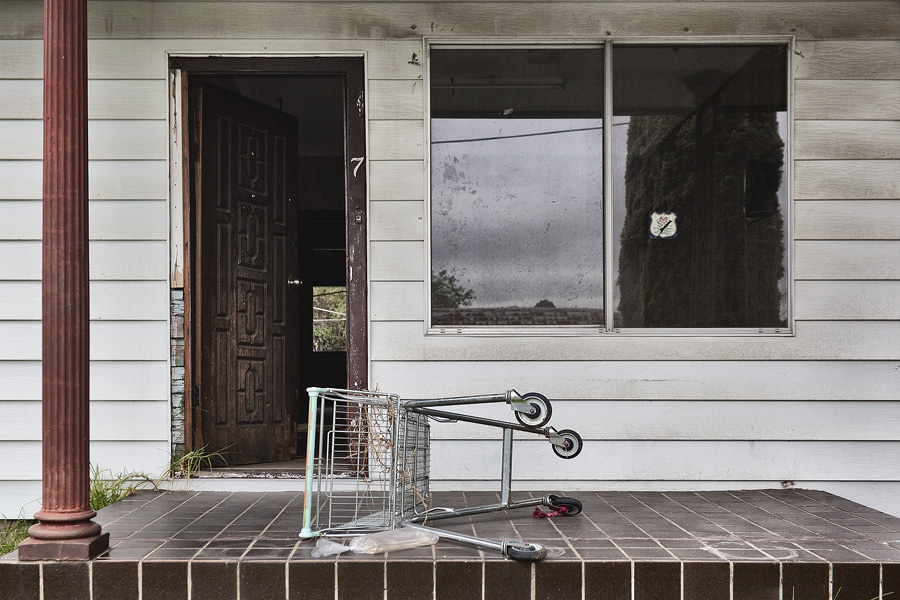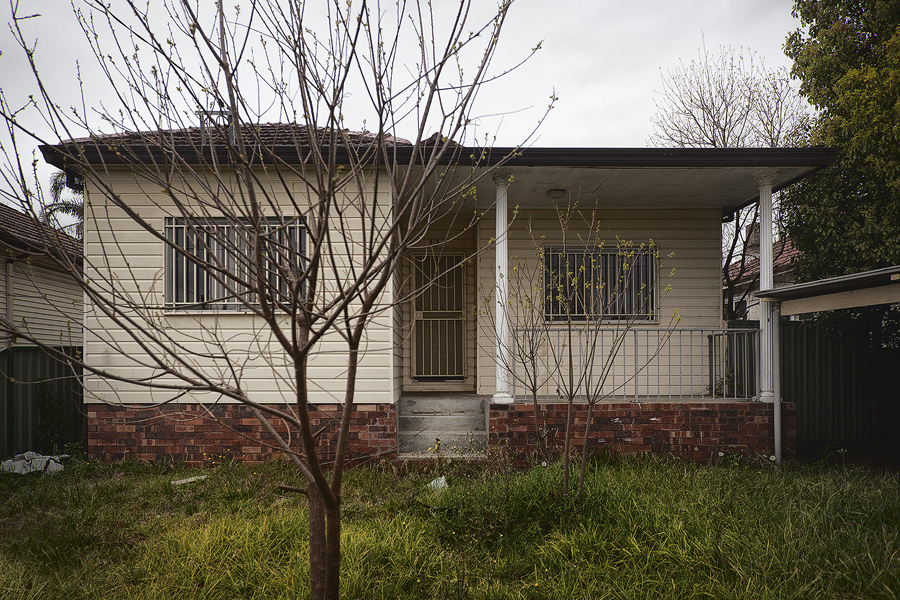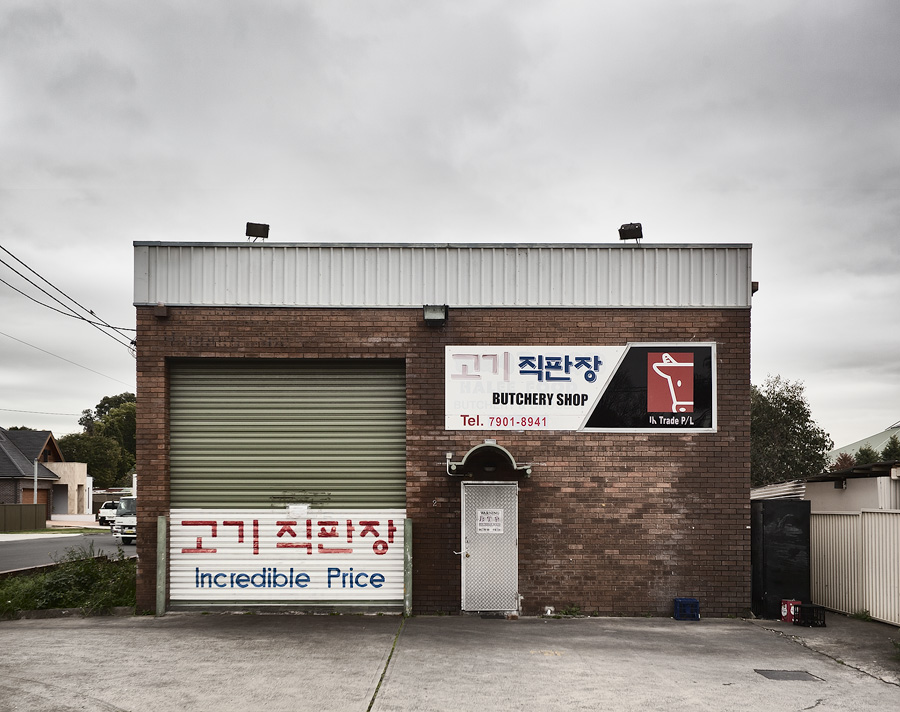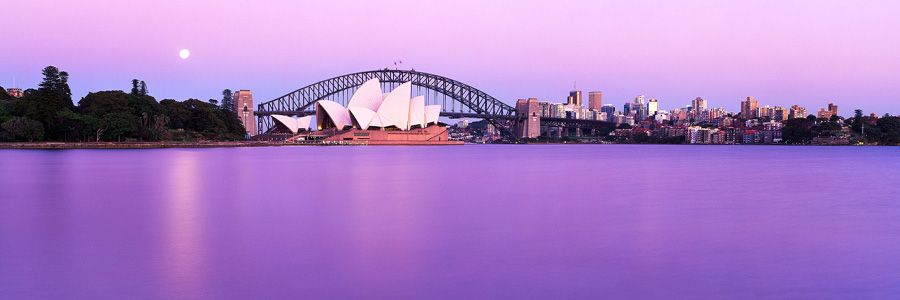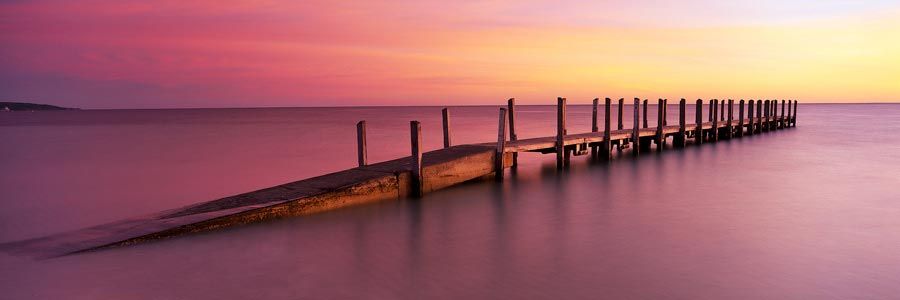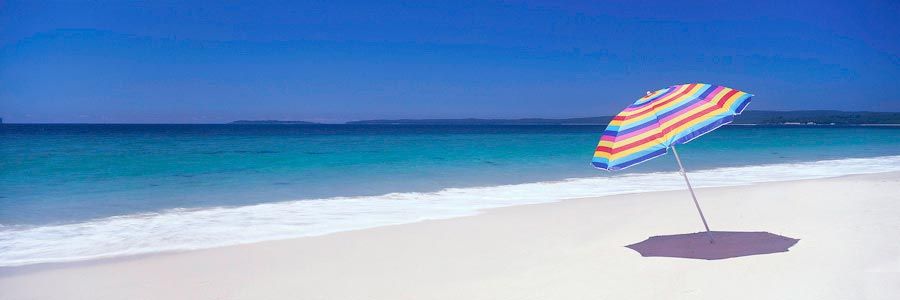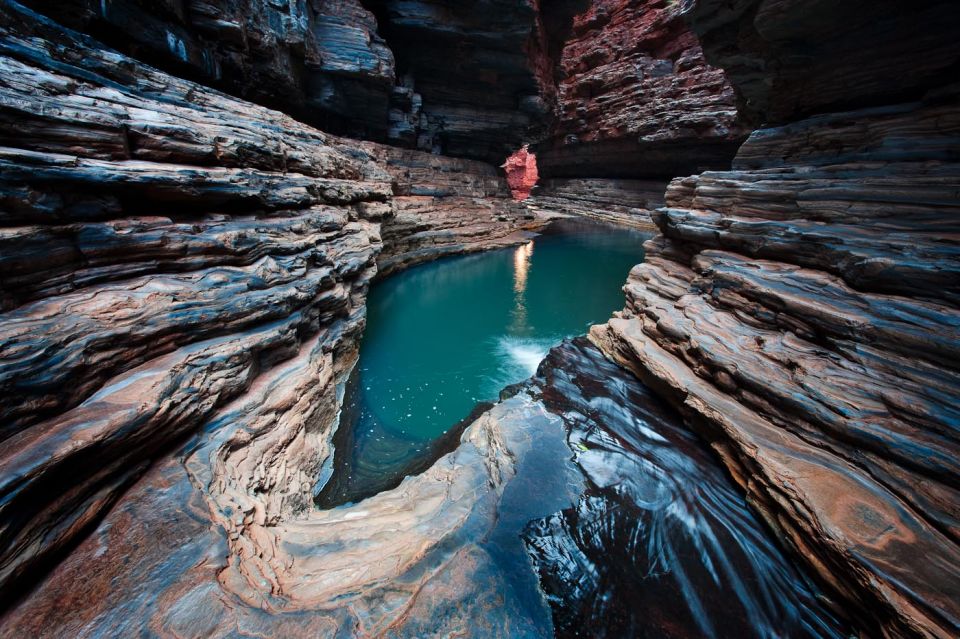This list could be a lot longer, but for now here are my fave 10 landscape photographers in no particular order. I've also updated this a bit since my first list back in 2011.
1. Marc Adamus - www.marcadamus.com
For me, Marc is the ultimate landscape photographer. He spends lengthy periods in nature searching out the perfect, off-the-track spots, picks his moment perfectly and then wraps it up in post with cutting-edge techniques. It’s a shame that some people have started up a personal attack on the guy. Jealousy, I can only assume. Marc’s always pushing the boundaries, blowing me away and is my current fave landscape photog. I think the high standard of sharpening around also owes itself to the odd, but awesome Adamus method.
2. Zach Schepf - www.zschnepf.com
In a similar ‘hyper-real’ style to Marc, Zack’s work is, in a way, just as impressive. Some of his shots of mountain ranges hurt my brain they are that good. Again, it’s just a case of someone waiting it out for the right moment and being there to pull the trigger, or press the shutter, rather. Zach’s part of the Photo Cascadia team, all of whom are extremely talented photogs. There’s a heap of quality info on their site and blog. Zach’s recent downloadable Luminosity Control tutorial is also a fantastic resource. It goes through some advanced concepts, but is well worth the time. Hopefully it will take my own landscapes to the next level.
3. Ken Duncan – www.kenduncan.com
ProbablyAustralia’s most well-known landscape photographer, Ken’s done the time and helped get panoramic landscape photography out there to the world. Ken’s probably the reason I got into landscape photography to begin with, having visited and been amazed by his galleries when I was younger. He’s also a genuinely good human being, a vessel of wisdom and a true-blue philanthropist, or so I’ve heard. What amazed me recently is that all these years he’s been shooting 3D alongside his 2D work waiting for the time when the technology arrives to put out 3D prints. Given what I’ve seen of late, I don’t think that will be too long.
4. Christian Fletcher - www.christianfletcher.com.au
Heading a little more to the fine-art side of things, Christian Fletcher is a household name amongst the Australian landscape world, particularly his recent work with Phase One. I find Christian’s work hard to put into words. It’s a very ‘painterly’, organic and natural style that’s quite different from the other photographers I have listed here, falling into the fine art realm. The compositions and framing, too, are quite unique. Plus, it seems like Christian’s got a great sense of humour if you follow his blog for any length of time.
5. Matt Lauder – www.mattlauder.com
I really admire NSW photographer Matt Lauder. Working with both film and digital, he’s certainly covered a lot of area, with some really incredible panos. His processing is towards the natural side of things, but what I find really crazy is that he also runs the Rubbing Pixels website, a paid resource full of hours and hours of Photoshop tutorials specifically geared towards landscape photographers. At the current price of $69 for six months, it’s almost criminal how much insider info he’s giving away. His recent aerial work, too, is excellent.
6. Mark Gray – www.markgray.com.au
Yet another Aussie panoramic master, Mark Gray’s work tends to be a lot more saturated and colourful than most, which I actually quite like. He’s also got quite a bit from the far south coast of NSW, which seems to be a really untapped region in terms of locations. His processing is great, his work full of life and just generally spot-on. If I could put out work a fraction of his, I would be a happy man.
7. Peter Lik – www.lik.com
Peter was one of the 617 pano pioneers here in Australia before eventually taking his galleries to the US. He's the photographer photographer's love to hate, so I guess it's just as well his work isn't marketed to photographers... Regardless of what you think of his work, and in my opinion he does have a lot of great material, he's a marketing machine, carefully cornering the top end of town. Famously, one of his single edition prints sold for a million dollars. My own single edition prints will probably sting you a little less...
8. Dylan & Marianne Toh – Toh www.everlookphotography.com
These guys are a husband and wife team, but I'll list them as one. Personally, I think Dylan and Marianne could be the most talented landscape photographers in Australia. Certainly, they have an extremely strong prescene on websites like 500px, a few of their images having been viewed 10s of thousands of times. In particular, their compositional sense is absolutely spot on, and this is often neglected by most. I must admit, having been faced with the same locations, I couldn't resist borrowing one or their compositions or two.
9. Peter Eastway – www.petereastway.com
Peter's style, to me, is much in line with Christian Fletcher as above. That's no surprise, given both are part of the ND5 group, hold regular workshops together and shoot the same format. Peter also runs Better Photography and has an extensive landscape photography course online that looks pretty comprehensive. He's also been to some truly incredible parts of the globe, from icy continents to the hidden kingdom of Bhutan. Another Aussie great that's given a lot back.
10. Kilian Schoenberger – www.kilianschoenberger.de
Kilian is probably the oddball on this list. His style is quite different, fresh and he shoots European landscapes most of us would not be terribly familiar with. Always, however, he features excellent light, and at the end of the day that is what counts most





